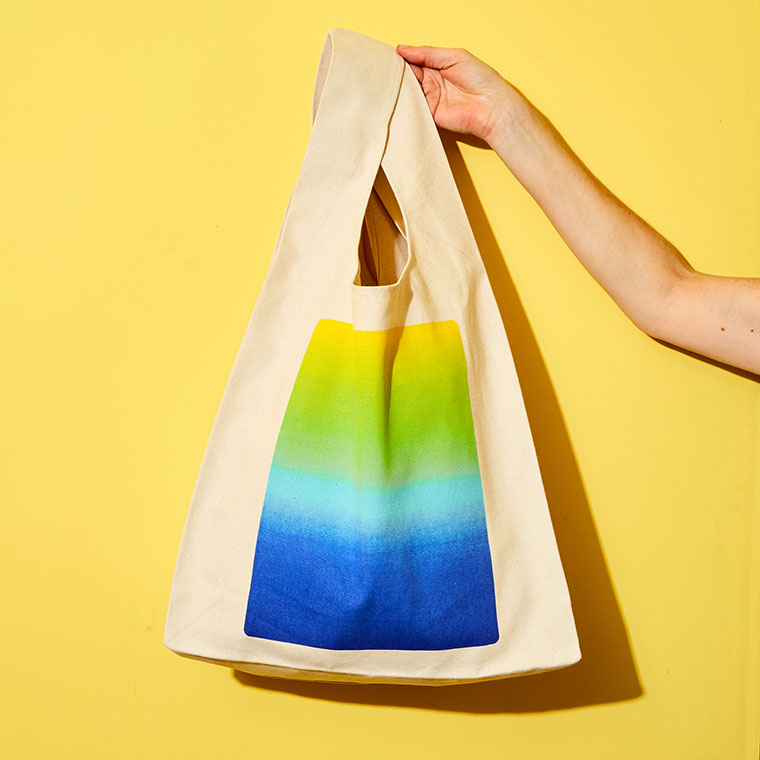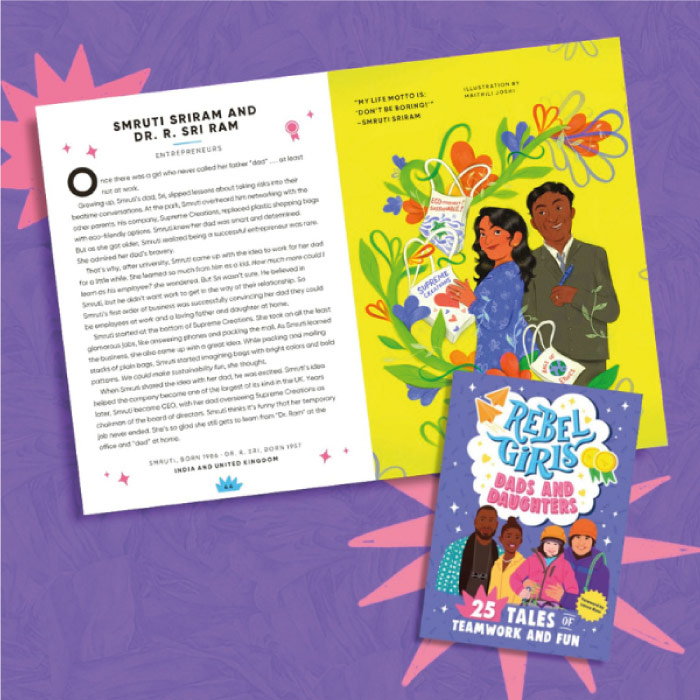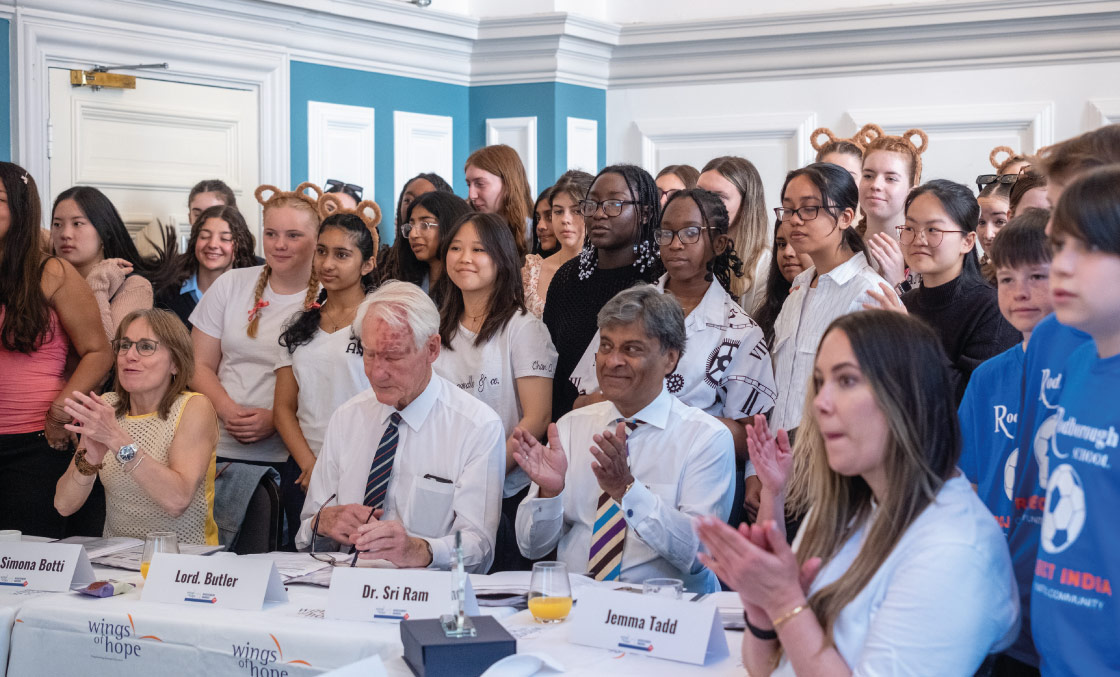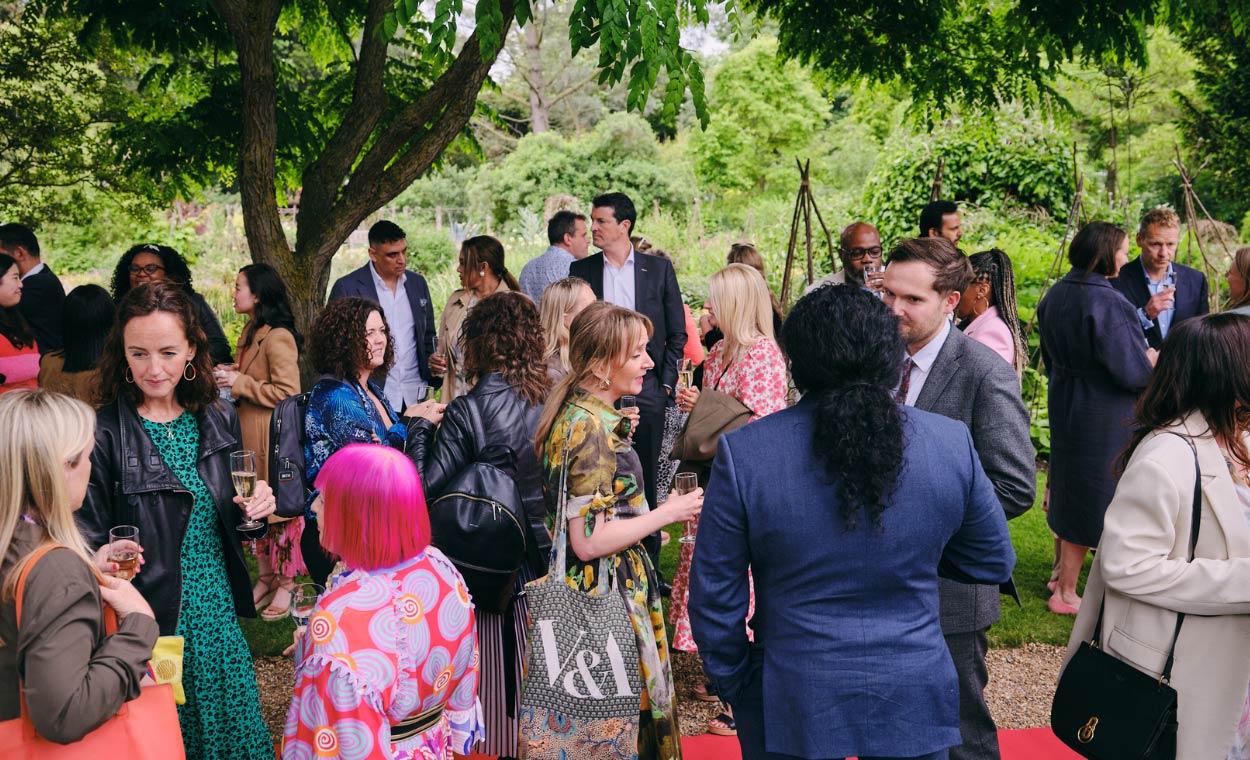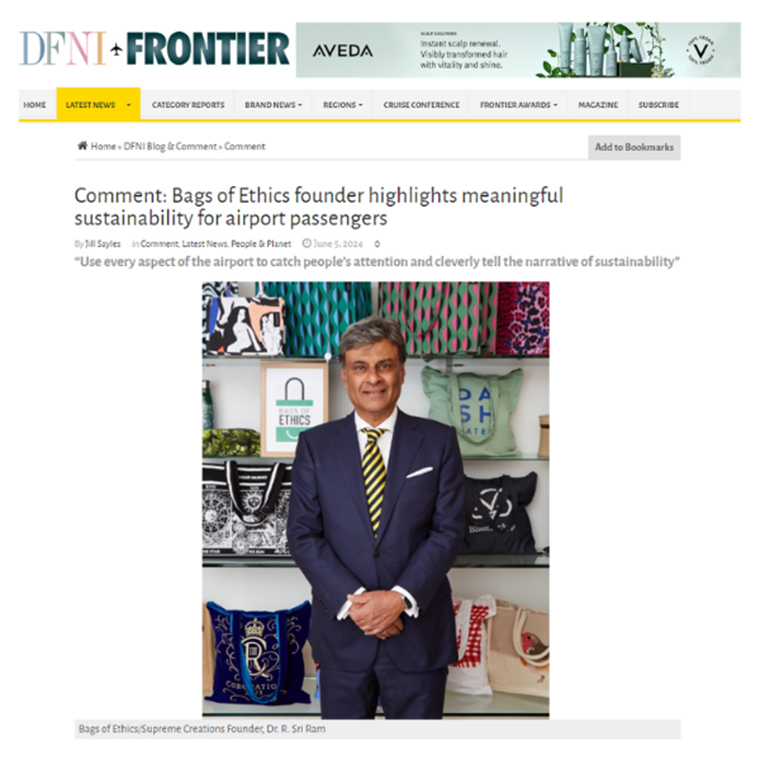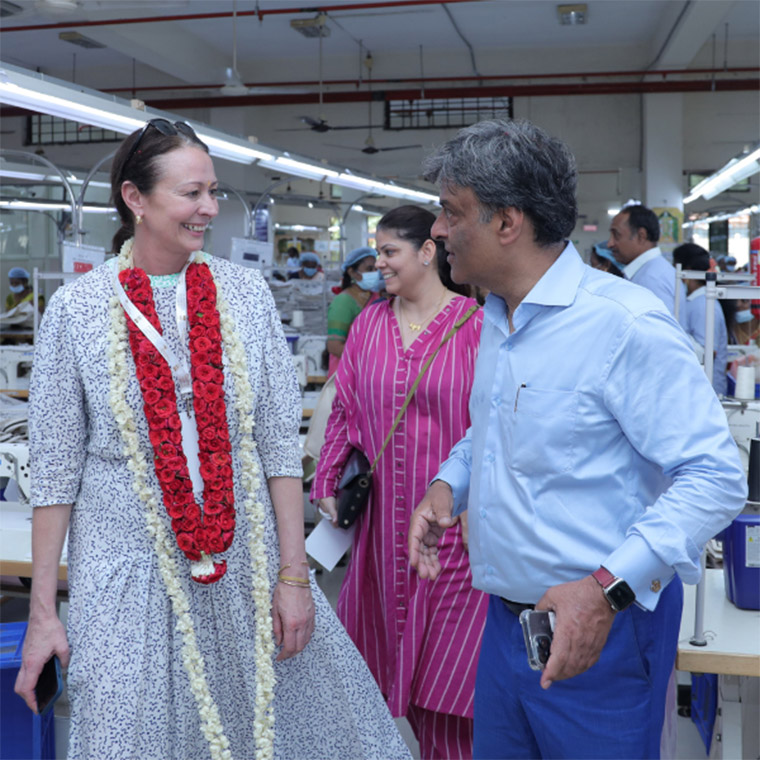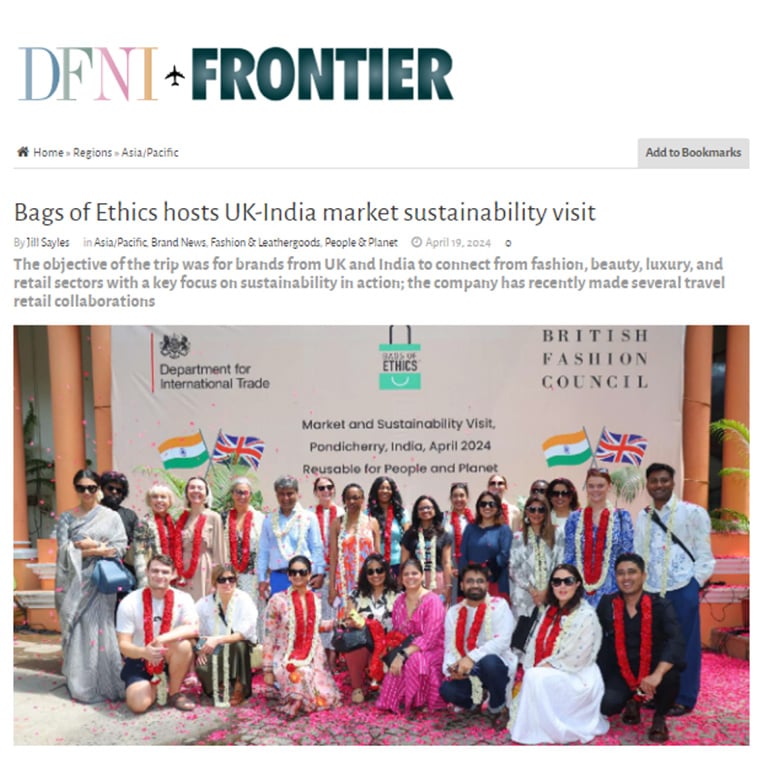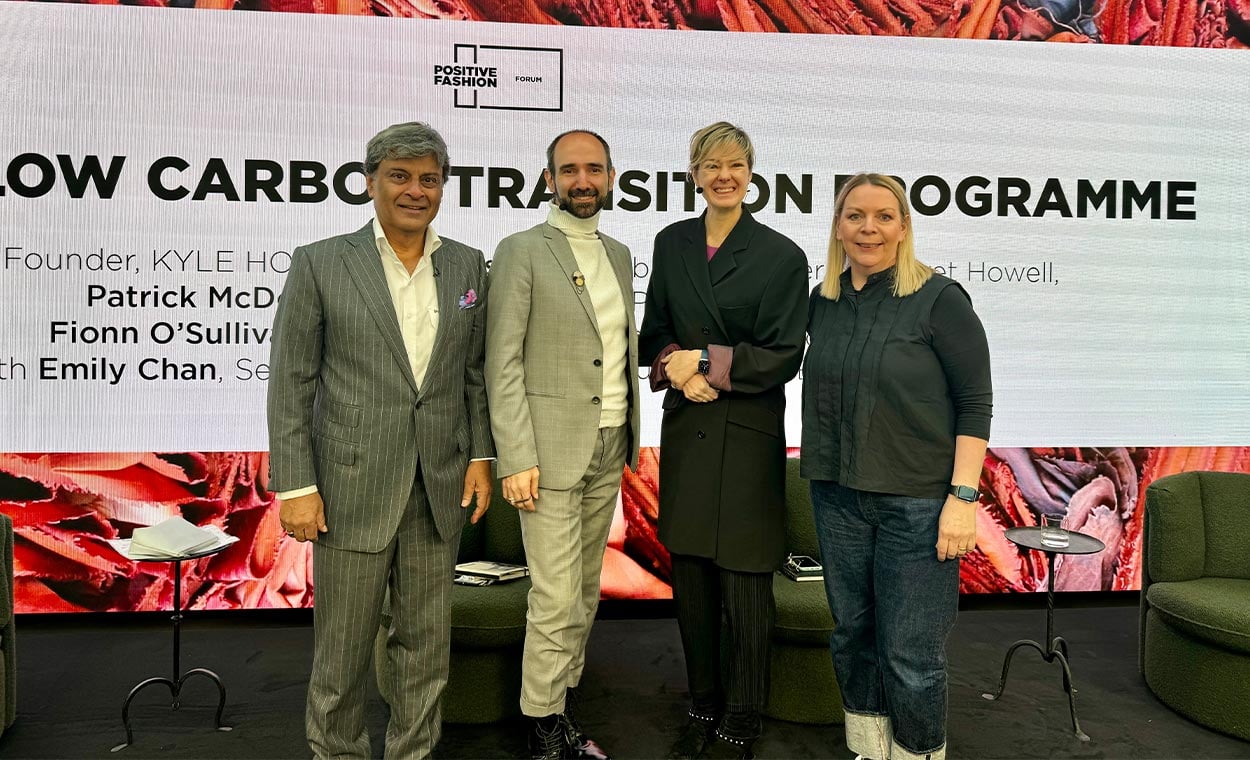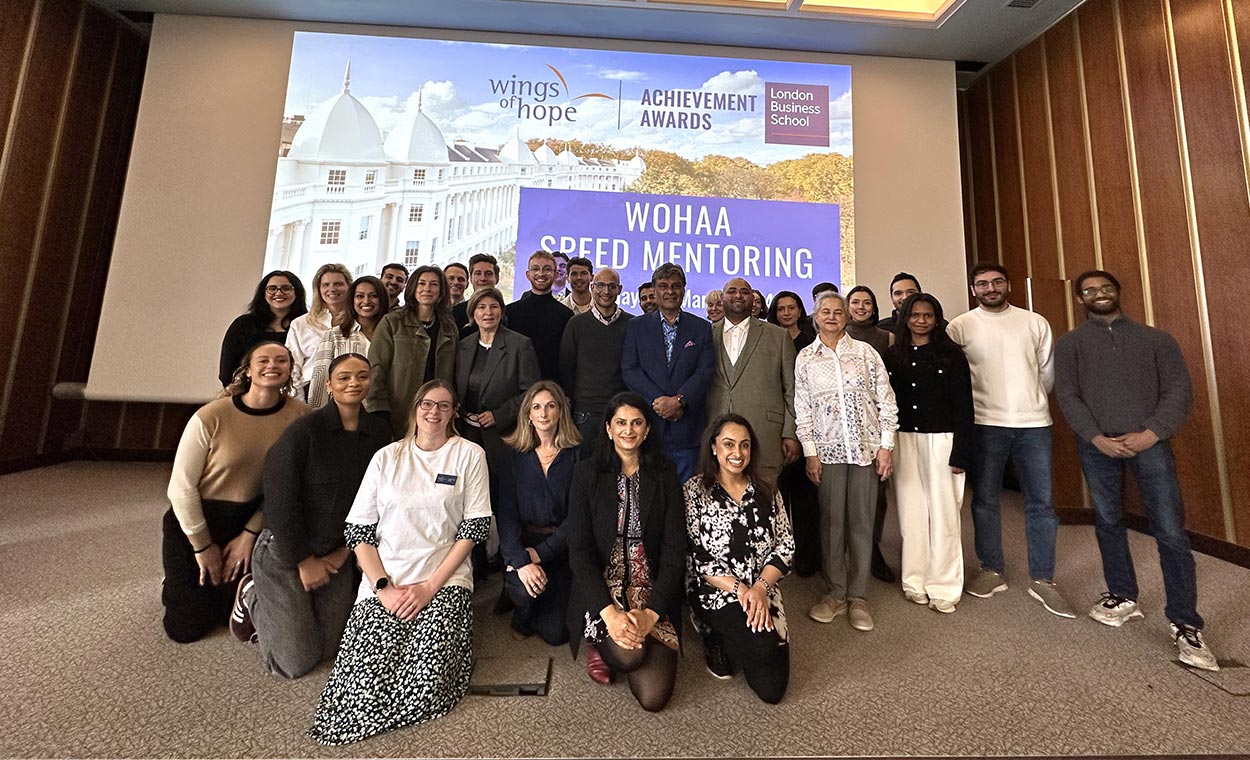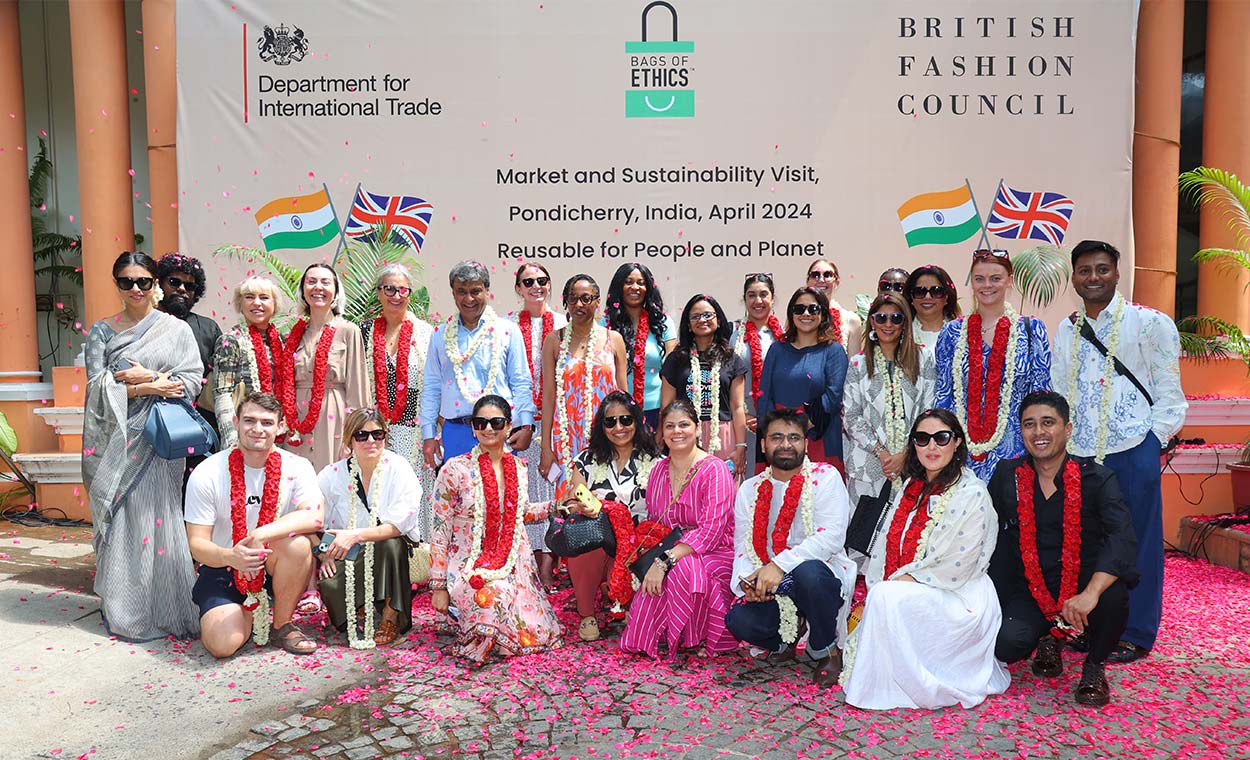Are any of us truly sustainable?
It is fashionable to state you are a sustainable and ethical brand but what does that really mean?
Common Objective recently published a study that looked at the sustainability of the fashion and retail sector. Perhaps the most concerning finding was that research is made difficult due to the variation of definitions of what sustainable and ethical fashion really is. Using their own definitions the study revealed that the sale of fashion that is actively promoted as sustainable and ethical is less than 1% of the retail offering in the UK. It also found that more than half of companies surveyed are not acting fast enough on environmental management in supply chains and are choosing only a tiny proportion of sustainably produced fabrics.
According to Huff Post sustainable fashion should be defined as ‘clothing, shoes and accessories that are manufactured, marketed and used in the most sustainable manner possible, taking into account both environmental and socio-economic aspects.’ Our LinkedIn post about fast fashion discussed the issues around the high street’s creation of the instant, single-use fashion phenomenon. This is essentially where consumers are wearing new items which leads to environmentally damaging techniques to extract materials and cheap labour that causes overworked factory lines. While some brands are heading in the right direction with their specifically eco-friendly and ethical products such as H&M and ASOS, it has become easy for a brand to describe itself as sustainable without being accountable. The trend now for the dominating fashion brands is to provide a small selection of what they are claiming is sustainable, a nod in the direction perhaps, but without a universally agreed definition of what this really means anyone can claim it.
At Supreme Creations we do our very best, always working to improve where we can, but perhaps it is better for brands to say they are progressing towards sustainability and to prove this with steps they are taking. As the problem of fashion pollution becomes more prominent within the media, it will too in the minds of the consumer.
Comment below and let us know how you define ‘sustainable’?







